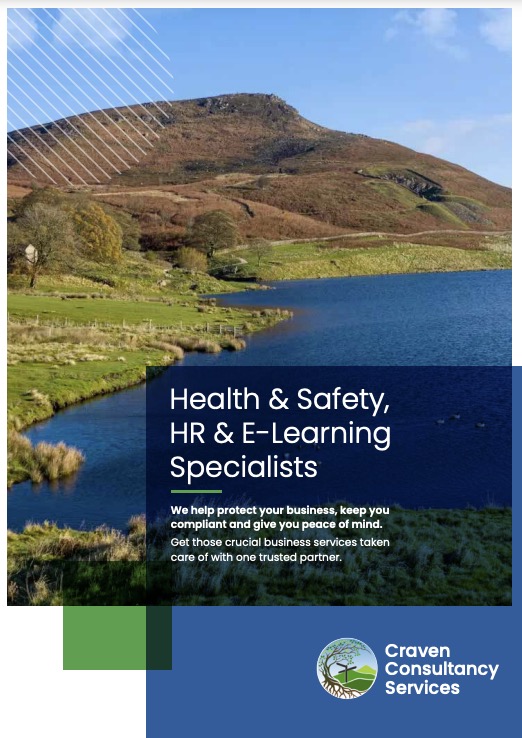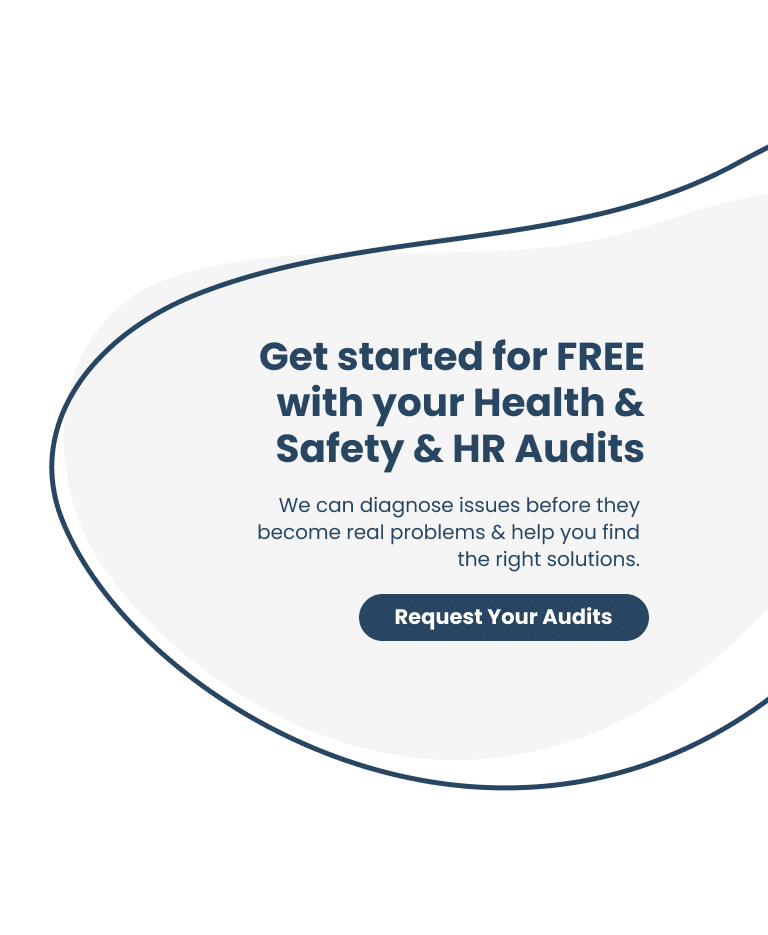The health and safety landscape in the UK is undergoing significant transformation. New legislation is emerging to address challenges such as changing workplace dynamics, technological advancements, and a growing focus on sustainability and mental health. For organisations, staying informed is crucial to maintaining compliance and protecting their workforce.
Below are five key areas where legislative and industry trends are expected to shape health and safety in 2025
1. Construction and Building Safety
The construction industry remains one of the most hazardous sectors, drawing continued scrutiny in 2025 as the government seeks to enhance safety standards. Key developments include:
Grenfell Inquiry Recommendations
Ongoing recommendations from the Grenfell Tower Inquiry are expected to bring significant regulatory changes, especially in fire safety management for high-rise buildings. Building owners and managers must prepare for heightened oversight and stricter compliance requirements.
Unsafe Cladding
Addressing unsafe cladding remains a priority. Stricter deadlines for remediation and penalties for non-compliance are likely, directly impacting construction firms and building owners. With updates to the Building Safety Act already in effect and further fire safety regulation changes on the horizon, organisations must ensure readiness for these evolving standards.
2. Home and Flexible Working
The rise of remote and hybrid work models has significantly altered the traditional workplace. Health and safety legislation is adapting to address these changes, with employers increasingly responsible for assessing risks associated with remote work environments.
Key Focus Areas:
- Workstation Ergonomics: Employers must ensure compliance with Display Screen Equipment (DSE) assessments.
- Mental Wellbeing: Addressing the psychological challenges of remote work.
- Home Electrical Safety: Evaluating potential risks in home setups.
Potential updates to the Health and Safety at Work Act 1974 may clarify employer obligations in non-traditional workplaces, reinforcing the importance of comprehensive risk assessments and tailored safety measures.
3.Mental Health
The emphasis on mental health as an integral component of workplace safety is growing. In 2025, legislative updates may enforce parity between mental and physical health considerations, potentially through changes to the Equality Act.
Proactive Initiatives:
- Employee assistance programs (EAPs).
- Manager training for mental health awareness.
- Accessible counselling services.
These initiatives will become increasingly essential for organisations aiming to ensure compliance and foster a healthier workforce.
4.Technology Transforming Health and Safety
Technological advancements continue to reshape health and safety practices. Emerging tools such as artificial intelligence (AI) and wearable devices are driving this transformation.
AI and Predictive Analytics
AI is playing a crucial role in identifying potential safety hazards. For example, machine learning algorithms can analyse sensor data to predict equipment failures, allowing for proactive interventions and preventing accidents.
Fatigue Detection Systems
Industries such as transportation and construction are adopting fatigue monitoring technology to prevent accidents. These systems detect early signs of fatigue, issuing alerts to encourage corrective actions.
Wearable Technology
Devices like smart helmets and health-monitoring wearables are empowering workers to monitor safety in real time. For instance, smart helmets capable of detecting impacts or falls and automatically summoning assistance are set to become more widely available in 2025
5.Corporate Social Responsibility (CSR) and Environmental Sustainability
The convergence of CSR, sustainability, and health and safety is becoming more pronounced. Organisations are adopting a holistic approach, recognising the interconnectedness of environmental and workplace safety initiatives.
Key Examples:
- Renewable Energy Sector: Ensuring safe working conditions during the installation and maintenance of wind turbines or solar panels.
- Legislative Focus: Linking sustainability targets with employee wellbeing to promote responsible practices.
These efforts not only enhance compliance but also contribute to safer, more sustainable workplaces.
Summary
The health and safety landscape in 2025 is poised to be shaped by advancements in construction safety, flexible working models, technology, mental health awareness, and sustainability. For organisations, proactive preparation is critical—not just for compliance but also for fostering safer, healthier, and more productive workplaces.
Now is the time for businesses to:
- Review and update health and safety policies.
- Assess readiness for upcoming legislative changes.
- Seek expert guidance to navigate these evolving challenges effectively
Get in contact with us today for all Health and Safety & HR needs.











